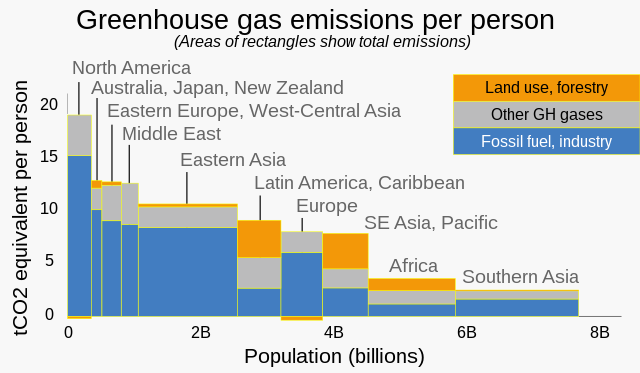Most carbon dioxide emission policies have a weak spot: they forget emissions from embedded carbon, through decay of products made from fossil sources. Often, policy only has an eye on fuel related emissions and does not take into account secondary emissions from embedded carbon. RCI (Renewable Carbon Initiative) intends to redress that.
Carbon embedded in chemicals

RCI was founded by nova-Institute. The aim of this Renewable Carbon Initiative is ‘to support and speed up the transition from fossil carbon to renewable carbon for all organic chemicals and materials. RCI addresses the core problem of climate change, which is extracting and using additional fossil carbon from the ground that will eventually end up in the atmosphere.’ Instead, we should only use renewable carbon. ‘Renewable carbon can come from the biosphere, atmosphere or technosphere – but not from the geosphere’. In using renewable carbon, we will create ‘a carbon circular economy’. The aim of RCI is to establish that by 2050. The organization now has almost 60 members, from major companies to start-ups.
RCI wants to ensure that ‘carbon embedded in chemicals and materials is given more political attention.’ If this carbon is fossil-based, it will eventually contribute to the atmosphere’s augmented CO2 content at the end of the products’ life, through degradation or incineration – if the product is not collected and recycled. If we don’t address this problem, man-made CO2 emissions will continue. But so far, carbon contained in products isn’t targeted as a source of carbon dioxide. We should explicitly use renewable carbon for such products.

Three sources of renewable carbon
But this can only be achieved if we explicitly rule that fossil carbon should be stepwise phased out. as said, only three sources of renewable carbon will then be available: bio-based, CO₂-based and recycling. We need to start thinking in terms of carbon capture and utilization (CCU). RCI states that the European Commission should make the phase-out of virgin fossil-based chemicals and materials an explicit objective.
We need half-way targets in order to get there. Therefore, we should set the goal of producing at least 20% of chemicals and plastics from non-fossil carbon by 2030. But RCI notes that there is no definition yet for ‘sustainable non-fossil resources.’ The European Commission should adopt a precise definition that includes all three carbon sources (bio-based, CO₂-based and recycling), and follow this up with political action.
RCI: create an accounting system
In order to achieve the goal of zero CO2 emissions by 2050, a ‘Carbon Management Regulation’ should enable an accounting system; in order to be able to set targets for states and companies, similar to renewable targets. States and companies should be able to show that they increase the minimum percentage of renewable carbon in their products. Such an accounting system will promote the management of sustainable carbon supply and demand. The system should include the trade of renewable carbon credits, which will enhance the efficiency of the system. And the accounting system should recognize all three renewable carbon sources as preferable alternatives to fossil carbon from the ground.
This system will establish carbon capture and utilisation (CCU) as a key strategic net-zero technology. CCU is indispensable for supplying carbon to the chemical and material industries without further tapping into fossil carbon resources. In the long run, when biogenic or atmospheric carbon have become dominant, CCU may even remove carbon dioxide from the atmosphere.
Towards renewable chemicals
Finally, we should support the transformation of existing chemical infrastructure from fossil to renewable carbon. As the demand for carbon containing fuels in road transport will decrease, this will free up an existing biofuel infrastructure. This should not be left behind. Instead, the sector should grab the opportunity to become a source of raw materials supply to a chemical industry based on renewable carbon. Policy makers should be aware of this opportunity and help convert existing biofuels plants to chemical suppliers.
In short, RCI offers us a complete program to finish the necessary transfer from fossil-based chemicals to renewable chemicals. A section of renewable policies that was forgotten, so far. RCI asks people who sympathize with this message, to sign their manifesto.
Author
Diederik van der Hoeven
Source
Supplier
nova-Institut GmbH
Renewable Carbon Initiative (RCI)
Share
Renewable Carbon News – Daily Newsletter
Subscribe to our daily email newsletter – the world's leading newsletter on renewable materials and chemicals









